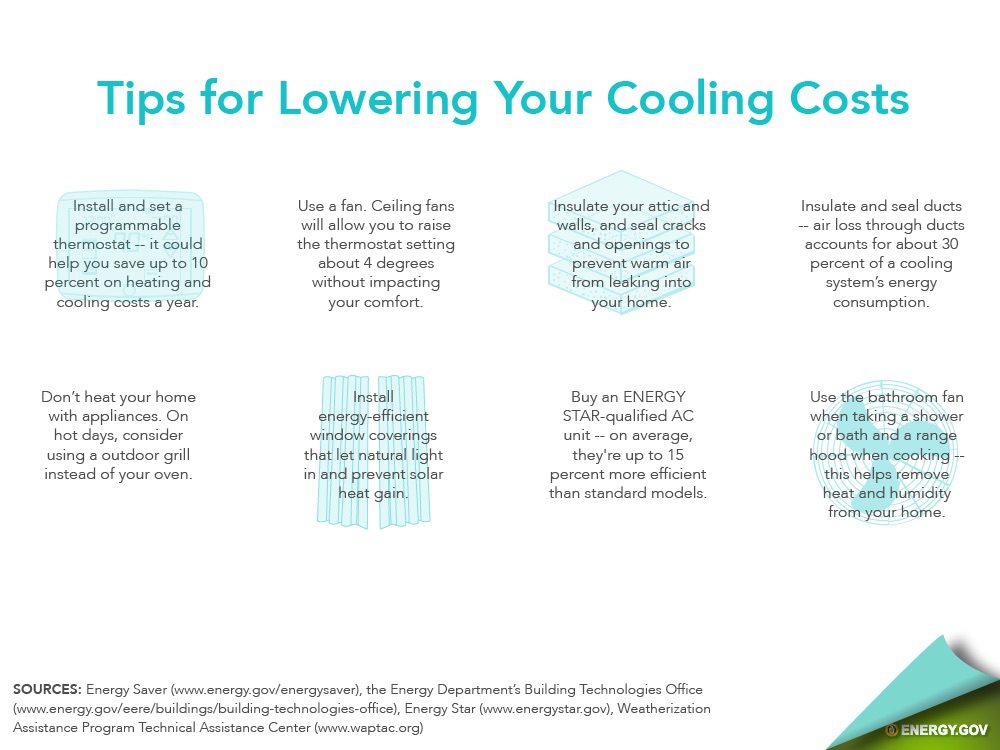A good night’s rest usually tops the list for promoting health and wellness. Without enough sleep, our bodies become depleted making it difficult to complete simple, daily tasks. As we close out spring, increasing levels of humidity and heat are on the horizon. Knowing your optimal sleep temperature can help you get the sleep you need so you can enjoy summer to the fullest.
Adjusting Thermostat Temperatures for Seasons
In the summer, heat and humidity are at a peak. High humidity prevents moisture from evaporating, making you feel hot and sweaty. Finding your most favorable temperature and humidity levels can mitigate this issue.
When thinking about the best thermostat setting for a good night’s rest, there are a couple of variables to consider. First, let’s acknowledge that to some degree sleeping temperature comes down to personal preference.
According to the Department of Energy, 78° F is the ideal spot for air conditioners to balance energy savings with the comfort levels of those at home. While this is good during the day, sleep psychologists recommend 60°-67° F for optimal sleep levels.
Set the Thermostat at a Higher Temp When You are Away
Whether you are traveling for a summer trip or just out and about throughout the day, increasing the temperature on your thermostat by 7°-10° can potentially save up to 10% on your home energy bill each month.
If you are going away for an extended amount of time it may seem logical to turn your AC completely off when traveling, but this is NOT necessarily a good idea. Your air conditioner doesn’t just cool your air, it also dehumidifies it. Keeping your air conditioner running, but setting the temperature 7°-10° higher, keeps humidity levels down which can keep mold and bugs at bay. It can also save you energy and money because your system won’t have to work so hard to get back to the set temperature once you turn it on again.
Taking Advantage of Natural Air Flow
There are other tactics for cooling your home that can enhance (and sometimes replace the need for) your air conditioner:
- Utilize your ceiling fans and/or standalone fans. If using your ceiling fan remember to have the blades spinning counterclockwise so the cooler air is pushed down.
- Close the blinds to reduce heat build-up during the day
- Open windows at night to naturally cool your home. Shut the windows during the day to seal in the cooler air.
- Add weather stripping to window and door openings to seal in cool air and keep heat out.
- Avoid using heat-generating appliances (i.e.: oven, clothes dryer, hair dryers, etc.), especially during the heat of the day.
Showering and doing laundry often increase moisture and trap heat. Turn on fans when rinsing off or doing laundry to minimize the humidity level in your home. The US Department of Energy points out that, “when there is excess humidity in the air, our body’s ability to cool itself through perspiration is inhibited.” AC Units reduce moisture while simultaneously cooling the home. To learn more about humidity in the house and what your home’s humidity level should be, read our previous blog on this topic here.
Remember, your heating and cooling systems operate more efficiently with routine maintenance so if you haven’t had your air conditioner tuned recently make sure to schedule an appointment before the summer months really heat up!
Phil
You can always call on your extended family of dependable heating, cooling, and air quality experts at CPS Heating & Cooling.
Contact us anytime to set up a consultation or call us at (508) 501-8848.



